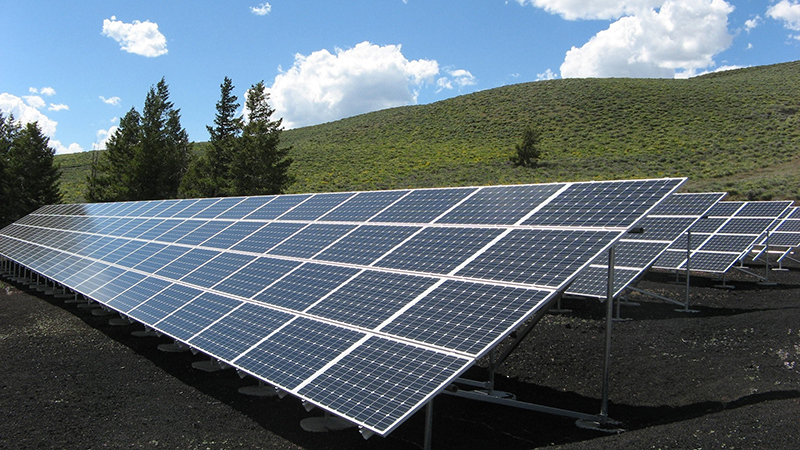
By Dr James Crosby-Wrigley, head of sustainability for commercial and industrial energy supply and usage at Advantage Utilities
Scotland has committed to becoming a more environmentally sustainable economy through multiple high-profile legislation reforms. A major part of this transition is to be undertaken by commercial entities becoming more self-sufficient through the installation of renewable generators (e.g. solar photovoltaic).
Initial encouragement to invest in renewables
To enhance the uptake of renewable generators, numerous economic incentives had been introduced to businesses across Scotland and the rest of the UK. These include aspects such as the Feed-In-Tariff which enabled guaranteed income for generators, tax incentives through the tax super-deduction, and EU-funded grants made available by local authorities.
Essentially, these acted as a carrot to enhance the uptake of renewable generation technologies.
Now, we enter a new period of incentivisation for commercial entities to install solar PV. The Feed-In-Tariff ended in 2019 (replaced by the less lucrative Smart Export Guarantee) and the tax super-deduction was replaced by a Full Capital Expensing and First Year Allowance incentives, although grants through local authorities are far less abundant in recent times.
Although low-interest loans are still available through ESG-focused arms of banks, the most recent high-profile exit of support came from the Scottish Government’s premature ending of interest-free loans for SME businesses.
The question therefore emerges – why? In an obvious need to enhance the renewable self-sufficiency of businesses, why is there less support? The simple answer is ‘The Stick’.
The case to invest in Solar PV is stronger than ever
Energy prices have stabilised at historically high levels. Since the Russian invasion of Ukraine, the cost of grid electricity to customers has been frequently above 25p/kWh to the end-user. Further to this, the direct economic benefits of solar have never been greater.
Solar PV has seen fantastic technological advancement since 2008 and the manufacturing process has become much more efficient. As a result, simple calculations involving the LCOE (Levelized Cost of Electricity) shows electricity generated by solar PV to be below 5p/kWh. Furthermore, with increased scrutiny of businesses’ environmental credentials, this means more internal pressure is being applied by suppliers within their supply chains.
As a result, the economic, environmental and social factors influencing decision-making processes have now transitioned to a point where solar PV installations in the UK are at record high levels.
A simple philosophy often communicated by this author is that ‘Greenest is Cheapest’, whereby the cheapest form of electricity which can be purchased by a commercial entity is often the greenest form of electricity (i.e. from renewable generators).
Amongst many factors influencing government budgeting and decision-making processes, these factors will not have been insignificant and the philosophy has transitioned from a carrot approach to a stick approach.









